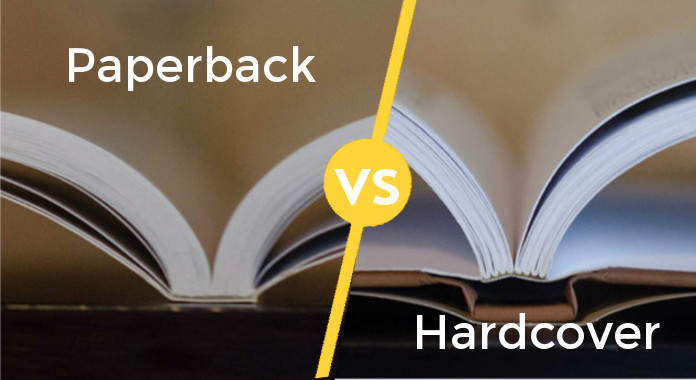

Then came the Second World War when reading became popular as a pastime. All thanks to Penguin and New American Library which began producing well-designed and inexpensive paperbacks of older books targeting a new generation of readers who could not afford the hardcover editions. It started in Britain and then became popular in America in the 1930s. The paperback came into existence in the 19th century Europe. There is a historical reason why the hardcover book is published before the paperback. So many publishers balance the profit from the sales of paperbacks by selling more hardcover. Paperbacks are published in larger numbers than the hardcover books but they also do not usually bring in large profits. For example, novels, new editions, and reprints of old books. It’s the go-to edition when publishers do not expect a best seller or are not willing to invest a lot in publishing a book. Genre fiction or popular fiction is usually always a paperback. However, books of new authors are usually printed as paperback books. That is usually an indication that their fans will ‘collect’ their books. The books of best-selling authors are always printed as a hardcover first.


For example, they are what you buy at airports, train stations and bus stations to be read while you travel. Usually, paperbacks are printed for short time reads. Consequently, the latter is cheaper than the former. Trade paperback books are printed on better quality paper than mass-market paperbacks. Paperbacks can be trade paperbacks or mass-market paperback version. They are smaller than a hardcover, lighter, and get damaged if handled roughly so they need to be handled with care. The spine of paperbacks can be a little tricky. The pages in paperbacks are stuck together with glue rather than being stitched or stapled. Also called softcover, paperbacks have a thick paper or paperboard cover. Some people even use them as home décor! The Paperback Book Hardcover books are published in fewer numbers than paperbacks but being priced higher they tend to bring in more profits for the publisher. Books on law, autobiographies, best sellers, reference guides, and classic literary works are published as hardcover books too. Many academic books and Christian books are published in the hardcover version. The pages are stitched together which is why it can be laid flat on any surface when opened. The spine of a hardcover books are flexible. On the back flap is the biography of the author sometimes accompanied by a photograph and photo/design credits. On the folded dust jacket, the front cover carries the blurb. In this type of hardcover books, the design is directly printed on the board binding. Now the jacketless hardcover version has become popular too. Hardcovers have dust jackets that are artistically designed.

The pH value of acid-free paper is 7, which makes them long lasting. Now moving inside, the paper on which a hardback is printed is acid-free paper. Hardcovers don’t get damaged easily so they last for years. The function of the dust jacket is to protect the pages and keep them intact for a long time. The board is binder’s board or heavy paperboard covered with buckram, a type of stiff cotton cloth, heavy paper, or sometimes leather. The hard cover is a hardbound book that has a jacket called the dust jacket over the main cover.


 0 kommentar(er)
0 kommentar(er)
